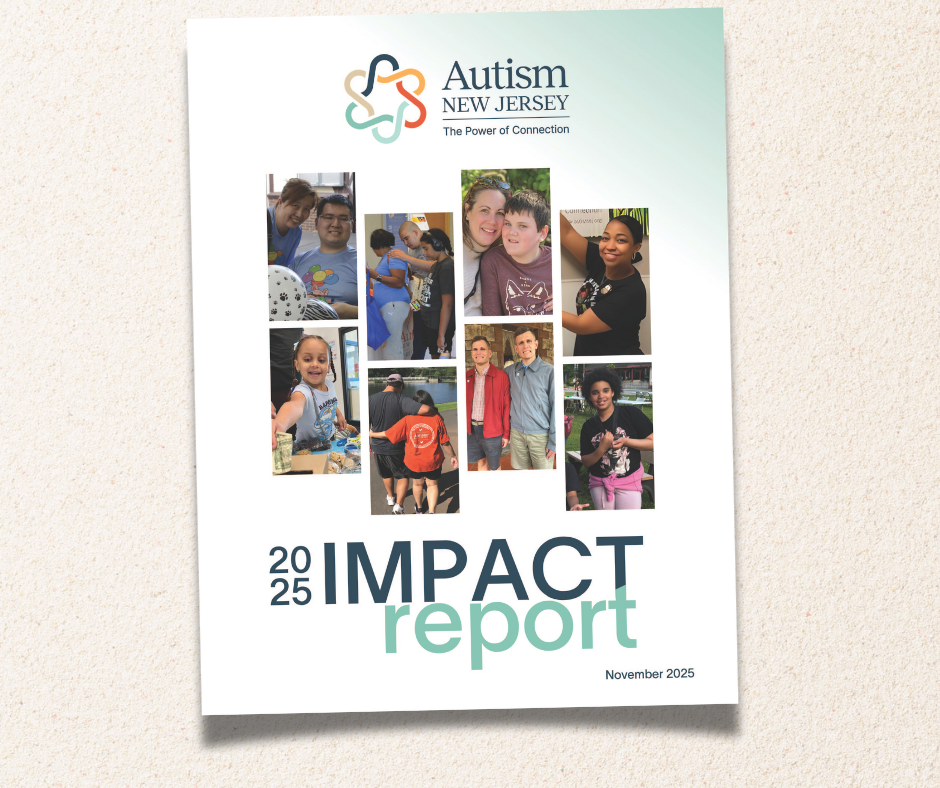
Mental health parity in health insurance coverage is a powerful tool for families of individuals with autism. Properly understood and put to work, it can result in better access to ABA treatment, shorter waitlists, and fewer claim denials.
What Is Parity?
Both federal and state laws prevent insurance plans from offering more favorable medical and surgical benefits than the mental and behavioral health benefits that it provides. That balance between the way medical and surgical benefits and mental and behavioral health benefits are treated by insurance carriers is called “parity.”
Legal History
On a state level, the New Jersey Legislature was one of the first state bodies to recognize and respond to the need for mental health parity in health insurance. In the late 1990s, health insurance providers operating in the state could legally offer plans that had worse coverage for mental health conditions – like autism – than they did for medical conditions. For example, a plan that might have covered dialysis for kidney disease, a treatment that was the generally accepted standard of care for that condition, might exclude treatment for ABA therapy to treat autism, even though ABA was also the generally accepted standard of care for autism.
That changed in 1999, when New Jersey passed the Biologically-Based Mental Illness (BBMI) law, P.L. 1999, c. 106. The BBMI law stated that all of New Jersey’s individual and small group health coverage plans that provided medical expense benefits also needed to cover “biologically-based mental illness” (autism was one of the illnesses listed) and that the carriers couldn’t apply different copays, deductibles, or benefit limits to those BBMIs.
This new requirement was momentous for New Jersey’s autism treatment landscape. It stripped away many of the reasons given for claim denials of physical therapy, occupational therapy, and speech therapy for people with autism. However, ABA therapy claims continued to be denied frequently.
Parity Today
Parity in this context was formalized when the federal government passed the Mental Health Parity and Addiction Equity Act of 2008, also commonly written as MHPAEA. When MHPAEA was first signed into law, it applied only to large group health plans. It has since been expanded by the Affordable Care Act to apply to nearly every health plan.
The general rule under MHPAEA is:
There can be no limitation on mental or behavioral health treatment if there is no such limitation on substantially all medical and surgical benefits in the same category.
The categories are not small. Instead, they are large, sweeping categories that include many different treatments for a wide variety of illnesses and conditions. The categories that are subjected to the “substantially all” test articulated above are:
- inpatient in-network
- inpatient out-of-network
- outpatient in-network
- outpatient out-of-network
- emergency
- prescription drug
Examples
Parent Participation
ABA therapy is almost always an outpatient treatment and would fall under the outpatient in- or out-of-network category (depending on the network status of your ABA therapy provider organization). Applying the concept of parity to ABA therapy, a carrier cannot treat ABA therapy different than how it treats substantially all medical or surgical outpatient treatments. If you were facing an ABA therapy claim denial, you might ask the question: “Would my carrier impose the same treatment restriction on an outpatient medical condition, like chemotherapy?”
If the answer to that question is “no,” then the treatment limitation or claim denial may violate MHPAEA.
Following that example, imagine that a health insurance carrier has a parent participation requirement for ABA coverage. The parents of a 14-year-old autistic child sign them up for ABA therapy, but the claims get denied because a parent was not present and participating during the treatment hours. Using the questions above, a MHPAEA analysis might ask “would the carrier deny treatment for chemotherapy for a 14-year-old simply because the parent wasn’t in the room with them during the infusion?” If the answer is “no,” then the ABA claim might have been improperly denied, in violation of MHPAEA.
Dollar or Visit Caps
Another example of a potential MHPAEA violation would be dollar or visit caps on treatment. For example, a carrier might write in their policy that they allow only $25,000 in ABA therapy coverage of fifty (50) ABA sessions in any given plan year. Or, in a similar example, even if a dollar cap is not explicitly written in the policy documents, a carrier may deny a claim saying that the member’s treatment has exceeded an internally set dollar amount for ABA therapy treatment.
Applying the MHPAEA test, we would ask, “does this plan also have a dollar/visit cap on substantially all medical and surgical benefits in the same category?” Remember, these are large, sweeping categories, like “outpatient in-network care.” The answer is almost certainly “no.”
This type of MHPAEA violation is easy to spot and, fortunately, has become less frequent as carriers have become more compliant with federal and state mental health parity laws.
ABA Exclusion
One of the main questions that remains is whether a total exclusion of ABA therapy from any given plan violates MHPAEA.
There is a compelling argument to be made that, yes, a total ABA exclusion probably violates rules on mental and behavioral health parity. ABA therapy is the generally accepted standard of care for autism spectrum disorder. Therefore, in order to pass the MHPAEA test, a commercial health plan that excludes ABA therapy would also have to exclude the generally accepted standard of care for substantially all outpatient care in the same category.
It would be nearly impossible to find a contemporary commercial plan with those sweeping exclusions, so it stands to reason that a plan with a total ABA exclusion for autism violates MHPAEA.
Summary of Common Examples
| Treatment Limitation | Response | |
|---|---|---|
| Dollar Cap Session Limit | Dollar caps and session limits are quantitative treatment limitations that probably violate MHPAEA | |
| Requiring Specific Assessment Tools (E.g. ADOS-2, ADI-R, CARS-2) Before Funding Treatment | While each of these assessments is widely used, no specific assessment tool is required for a valid diagnosis. In fact, research supports the idea that an ADOS-2 is not needed to make an accurate diagnosis, and that the decision to administer it should be made by the diagnostician. |
|
| Blanket ABA Therapy Exclusion from Plan | ABA therapy is the generally accepted standard of care for insurance-funded autism intervention. Does this plan exclude treatments that constitute the generally accepted standard of care for substantially all outpatient medical and surgical benefits? If not, then this is a probable MHPAEA Violation. |
How to Appeal a MHPAEA Violation
Once you know what a MHPAEA violation looks like, what can you do about it? As with any insurance denial, you can appeal it.
We can help, too. If you’d like to speak with a member of our information services team, please call us 800.4.AUTISM or email us at information@autismnj.org. While we can’t offer legal advice or file any appeals on your behalf, our knowledgeable, compassionate helpline team can help you understand the concepts set out in this article and give you helpful, targeted referrals to professionals that might be able to take a more active role.
This project is co-sponsored by the New Jersey State Bar Foundation and made possible through funding from the IOLTA Fund of the Bar of New Jersey. For additional information about the Foundation’s other law-related activities, please call 1-800-FREE-LAW or visit the Foundation at njsbf.org.










